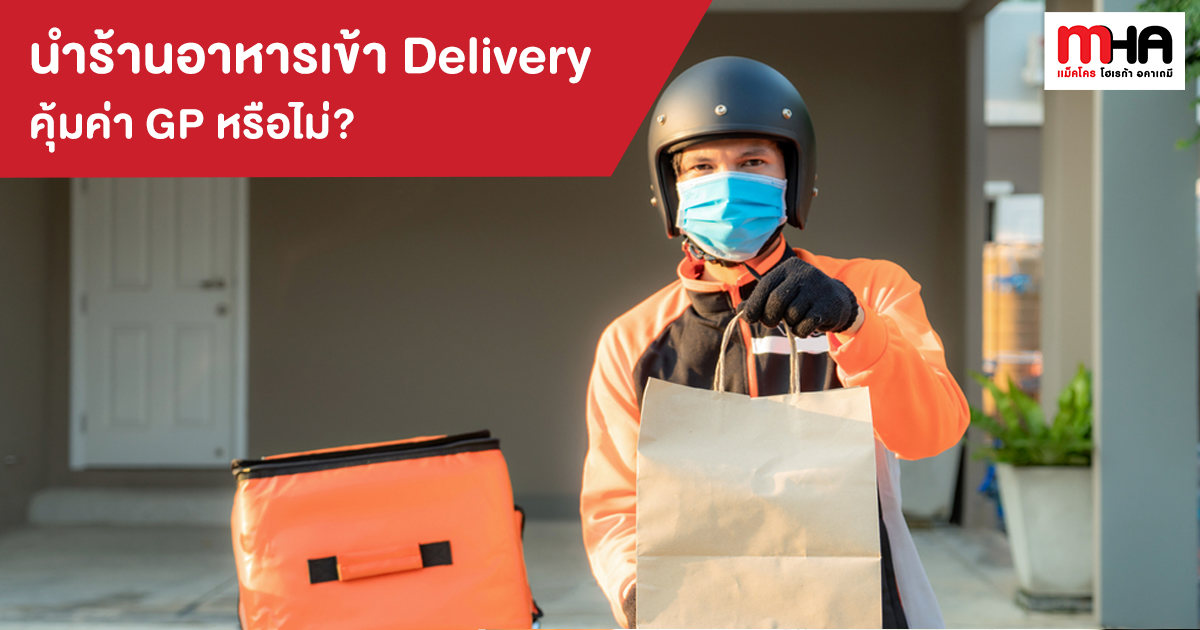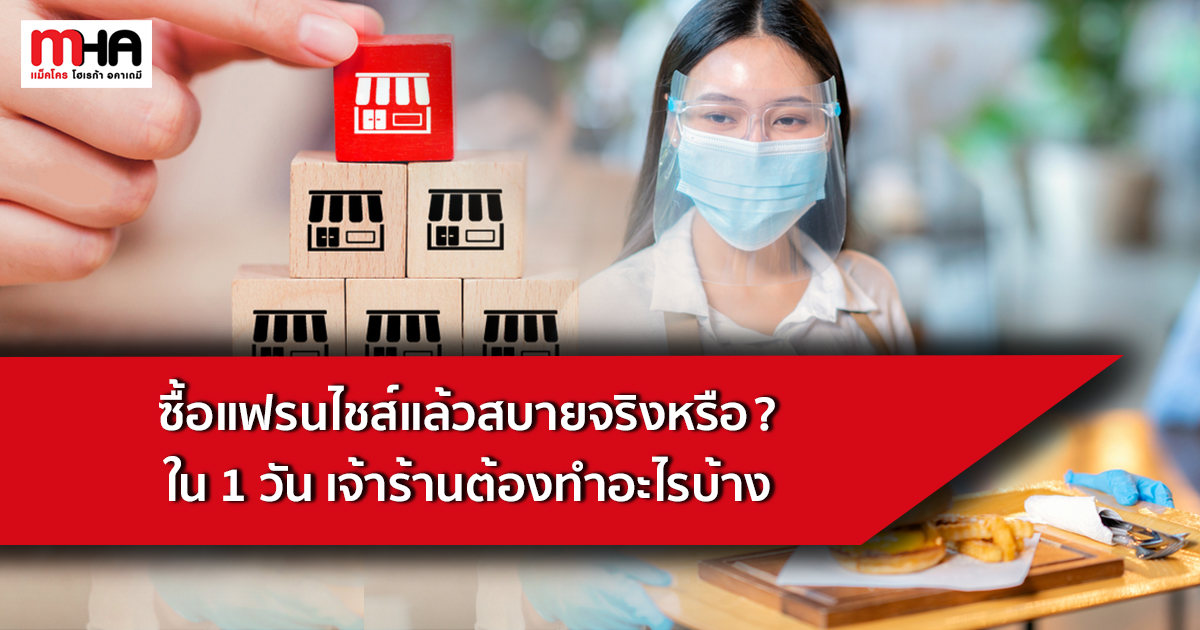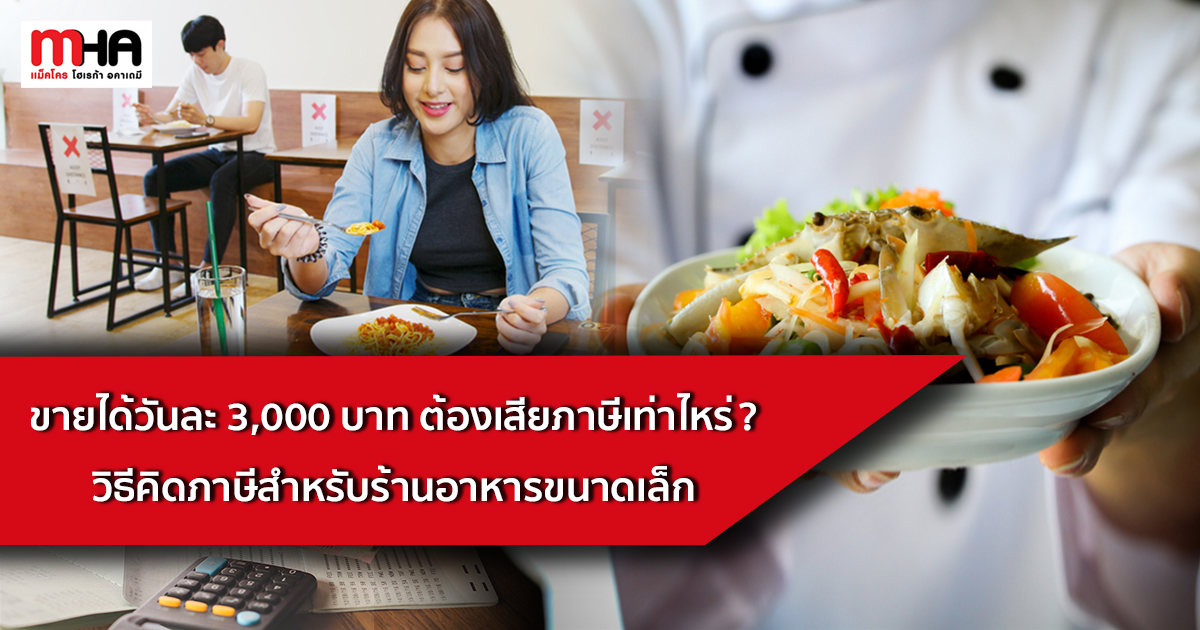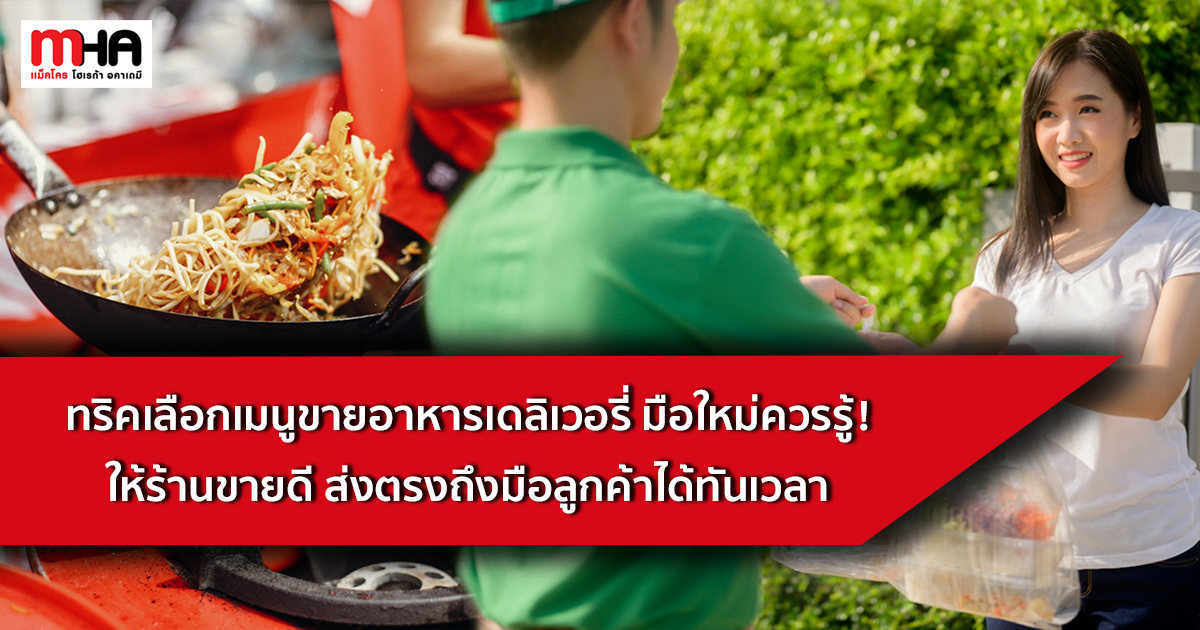Is Offering a Delivery Service Worth the GP?
A major question for restaurant owners at present is Do I have a delivery service? If the answer is No, we would like to honestly warn you: Your business is in danger because, starting today, delivery will become a core service customers choose to use or it will become another major market for restaurants to generate sales.
Nonetheless, following questions you might have are Could making deliveries using a popular format with customers like ordering via applications really generate profit since the restaurant would have to pay as much as 30% for GP? and What will the restaurant be left with?
We’re here to recommend some good guidelines.
Today, we believe that most restaurants know the word delivery very well, particularly during the Covid-19 crisis when the majority of restaurants nationwide have been ordered to not offer dine-in services and offer take-home services only. This has limited sales channels even more, resulting in delivery becoming the main channel to generate sales for restaurants. Whether big, medium or small brands, every restaurant needs to offer delivery.

Moreover, other current popular channels to introduce customers to restaurants and create sales opportunities include 3-4 well-known brands of food delivery platforms or applications. When the majority of customers is stuck with using these applications, restaurants inevitably have to enter themselves into those applications to boost their sales opportunities.
However, there are still the questions like What about restaurants that have to lose what’s called gross profit (GP) or pay commission fees to the applications at the current rate leaving the restaurants with no profit? What should they do?
Pros of Joining a Food Delivery Application
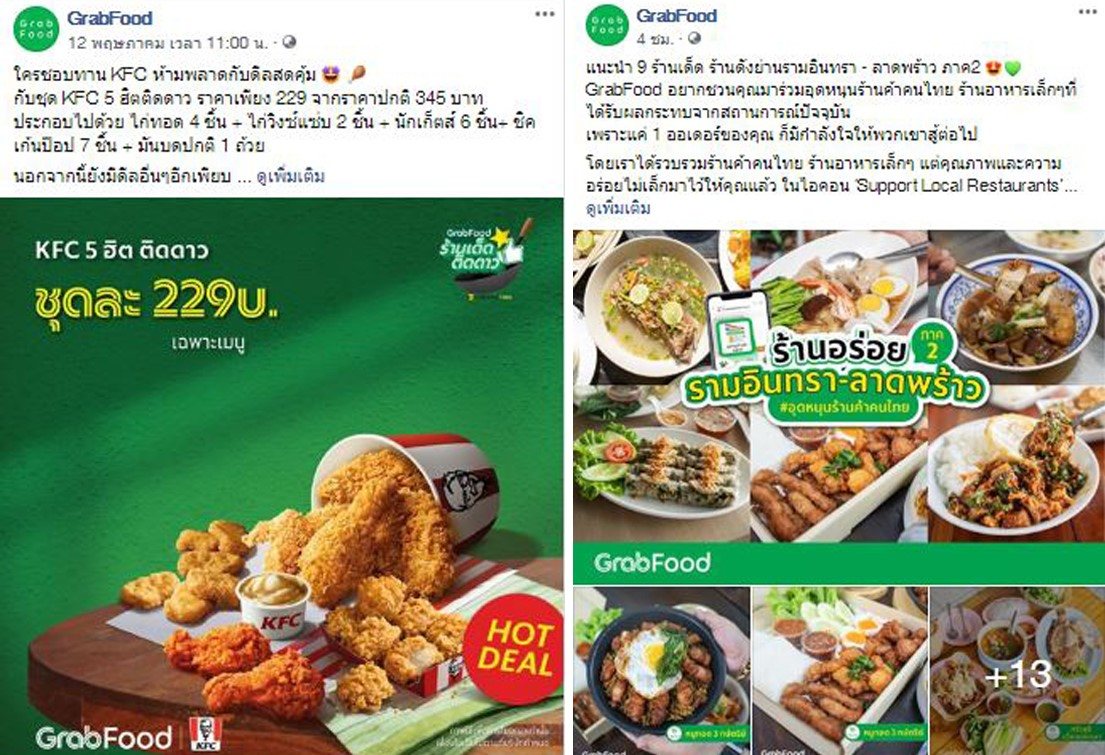
Let’s take a look at some of the pros of entering your restaurant’s menu into a food delivery application or platform. We can’t just look at the cons. There are also a lot of pros, particularly opportunities from the follower base of each application. Let’s not forget that each application is always marketing itself to increase the number of followers and people who order through their apps. That group is what we call the core customer base.
Once you’re in these apps, the chances that your restaurant will be discovered, known and chosen increases. It’s like someone is constantly marketing you and creating traffic for you. Of course, if you want your restaurant to pop up in the best location in the app, you have to pay additional service fees, which is normal for obtaining locations for selling. You have to pay a high price for a good location.

No. That’s not all. Another major advantage of these apps is that they have a system to accommodate both customers and restaurants, whether it’s delivery, payment and menu arrangement. The cost for these systems is very high if you want to develop one yourself. It’s unlikely, however, that they’ll be kind enough to let you use it for free, because they also need funding in order to constantly improve these systems. That’s where GP comes from. Let’s leave the issue of how much each app demands, for later. Let’s look at how restaurants have to adapt in order to make a profit after entering these apps and having to pay GP.
Ways to Adapt When You Have to Rely on Platforms: How to Fight and Beat the GP
The first advice if you have to join these apps is:
- Your Restaurant Should Create a New Menu: Restructure your cost per dish to support a GP of 20%-35% to be collected so you’ll make more profit when you set the selling price. For example, your calculation of the food cost should support GP deduction.

Something restaurateurs have to consider when they set a price plus GP is, Do the value and the quality of the menu match? Does the higher price for the same dishes or ingredients used make customers feel that it’s too expensive? It’s the chefs’ job to create a menu that will also be worth the price.
Otherwise, another option for restaurants that don’t want to raise their prices because they’re afraid it might affect their sales is to reduce serving sizes while maintaining quality. It is inevitable that these two methods will affect consumers one way or another, but they need to be done if the restaurants want to make some profit after GP deduction.
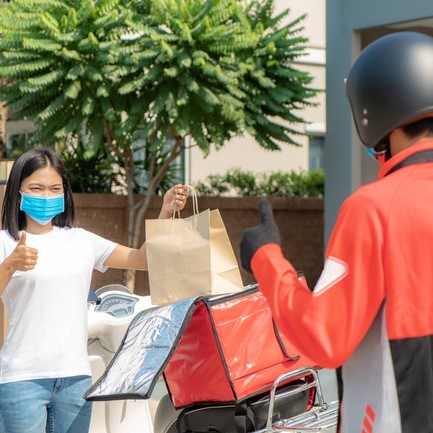
2. Make Deliveries Yourself: Use your restaurant’s employees who are equipped as riders to make deliveries to customers within a 5- to 10-km radius. You can notify your customers that deliveries within 3 km of the restaurant are free. Beyond that, there would be a delivery fee of 5-7 baht per km. This method definitely saves your restaurant from having to pay for GP. Your restaurants can use both of these methods simultaneously. Nevertheless, delivery is an essential service, whether it’s here temporarily or permanently.
After your restaurant joins a food delivery app, don’t forget to tell your customers by doing things like posting flyers or the app’s logo at the front of your restaurant or notifying your customers via the restaurant’s Facebook page, etc.
For anyone who wants to learn how to promote their restaurant online, from sending targeted Facebook ads to using LINE@ to increase sales to pinning their restaurant on the map using Google My Business so they can be easily found on Google along with learning about the recommended food delivery applications that a restaurant should have connect to more customers.
You can apply for a free online course here.
Images from Facebook: Grab Food.
Click to read other articles here:
- Hidden Costs and Problems That Follow After Entering a Delivery System That Might Destroy Your Restaurant If Left Unstudied!
- Selling via food delivery apps or delivering yourself via motorcycle, which is better?
- How to Send Targeted Facebook Ads to Increase Sales Exponentially!
- Save Costs, Create Cash Flow: A Restaurant’s Way to Survive
- Is Your Restaurant in a Crisis? Check Your Status Now with the P&L Method!
